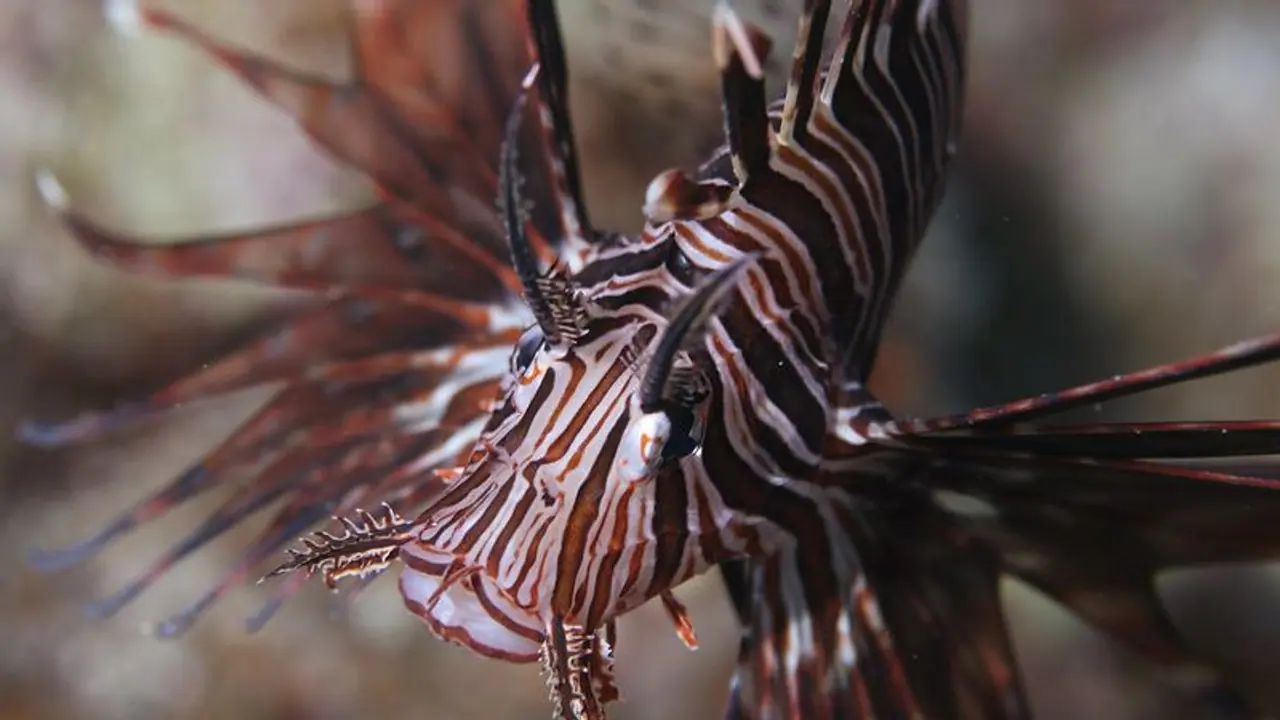The article discusses the alarming global spread of invasive species, their significant economic and ecological impact, and the challenges associated with controlling their proliferation.
Invasive species, which wreak havoc on crops, forests, ecosystems, and contribute to the spread of diseases, are rapidly spreading worldwide, and humanity has been unable to halt their advance, according to a significant scientific assessment released on Monday. This failure is causing annual damages and lost income exceeding $400 billion, which is equivalent to the GDP of Denmark or Thailand and likely an underestimate, as per the intergovernmental science advisory panel for the UN Convention on Biodiversity (IPBES).

From Lake Victoria in East Africa being overrun by water hyacinth to rats and brown snakes endangering bird species in the Pacific and mosquitoes introducing diseases like Zika, yellow fever, and dengue to new regions, the report identifies over 37,000 alien species that have taken root far from their places of origin. This number is increasing significantly, and the cost of the damage is quadrupling every decade on average since 1970.
The report concludes that economic growth, population growth, and climate change will exacerbate the frequency and impact of biological invasions by invasive alien species. Shockingly, only 17 percent of countries have laws or regulations in place to manage this onslaught.
Whether introduced accidentally or intentionally, humans are responsible for the presence of non-native species in distant ecosystems. This proliferation of invasive species is evidence that human activity has so profoundly altered natural systems that it has pushed the Earth into a new geological epoch, known as the Anthropocene.
Some invasive species, like the water hyacinth in Lake Victoria or the destructive species in the Florida Everglades, were introduced intentionally but led to unforeseen ecological problems. Others arrived accidentally, hitching rides in ship ballast water, cargo containers, or tourists' luggage. The Mediterranean Sea, for instance, now houses non-native fish and plants that traveled from the Red Sea through the Suez Canal.
The report highlights the significant role of invasive species in plant and animal extinctions, contributing to 60 percent of documented cases alongside other drivers like habitat loss, global warming, and pollution. These drivers often interact, with climate change pushing alien species into new territories where native species are unprepared to deal with the intruders.
A recent fire in Hawaii was exacerbated by imported dry grasses, initially brought for livestock, which spread across abandoned sugar plantations.
A global treaty on biodiversity, established in Montreal in December, aims to halve the rate at which invasive alien species spread by 2030. The IPBES report outlines general strategies for achieving this goal, but it does not assess the likelihood of success.
There are three primary lines of defense against invasive species: prevention, eradication, and containment. Eradication efforts have typically faced challenges in large bodies of water and open waterways, as well as on vast, contiguous land areas. Notably, the places where invasive species removal has been most successful, particularly for vertebrates like rats, are also the most vulnerable: small islands.
